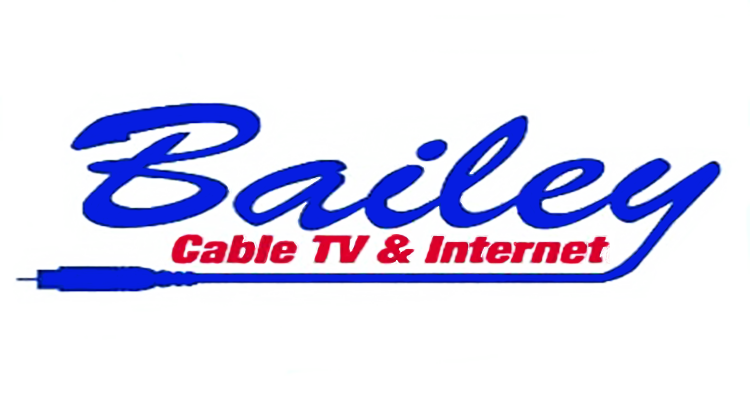
Definition
Spam is a name given to unwanted or unsolicited e-mail (also sometimes referred to as UCE or Unsolicited Commercial E-mail). This type of e-mail generally contains advertisements for such things as a better mortgage rate, amazing prices on non-prescription drugs, or adult websites.
There are many reasons why you might receive spam. Signing up online to get anything "free" will normally cause you to be added to a spam list. Having your e-mail address available anywhere on the web (like on a web site or message board) can cause you to be added to a spam list as well.
Symptoms of Problems
- Receiving unwanted e-mail
Recommended Solutions
If you are already receiving a lot of spam, and want a way to filter it out, there are quite a few programs available to help you. A popular program for Windows-based computers is "Spam Inspector" (found at www.giantcompany.com/(avwscc45uau55djurxfxfm55)/default.aspx?PID=A22090). This program works well with Outlook and Outlook Express.
A commonly-used program for the MacIntosh is "SpamSieve" (available for download at www.c-command.com/spamsieve/index.shtml).
Both of these programs are excellent low-cost spam filters that will work with your current e-mail programs to help get rid of unwanted e-mail
Tips
Unfortunately there is no way to completely prevent spam; however, there are a few things you can do to slow it down.
The main way to keep your spam intake to a minimum is to only give your e-mail address to people you know. The fewer people to have your e-mail address, the lower your chances are of it ending up on a spam list.
Another tip to remember is never click on a link to unsubscribe yourself from a spam list. Doing this just confirms your e-mail address to the spammers and opens you up to even more unwanted e-mail.
There is currently no officially recognized "do not spam" list. Signing up for a supposed do-not-spam list is likely equivalent to saying, "Yes, please send me even more unsolicited mail."
Use your company e-mail address for business use only.